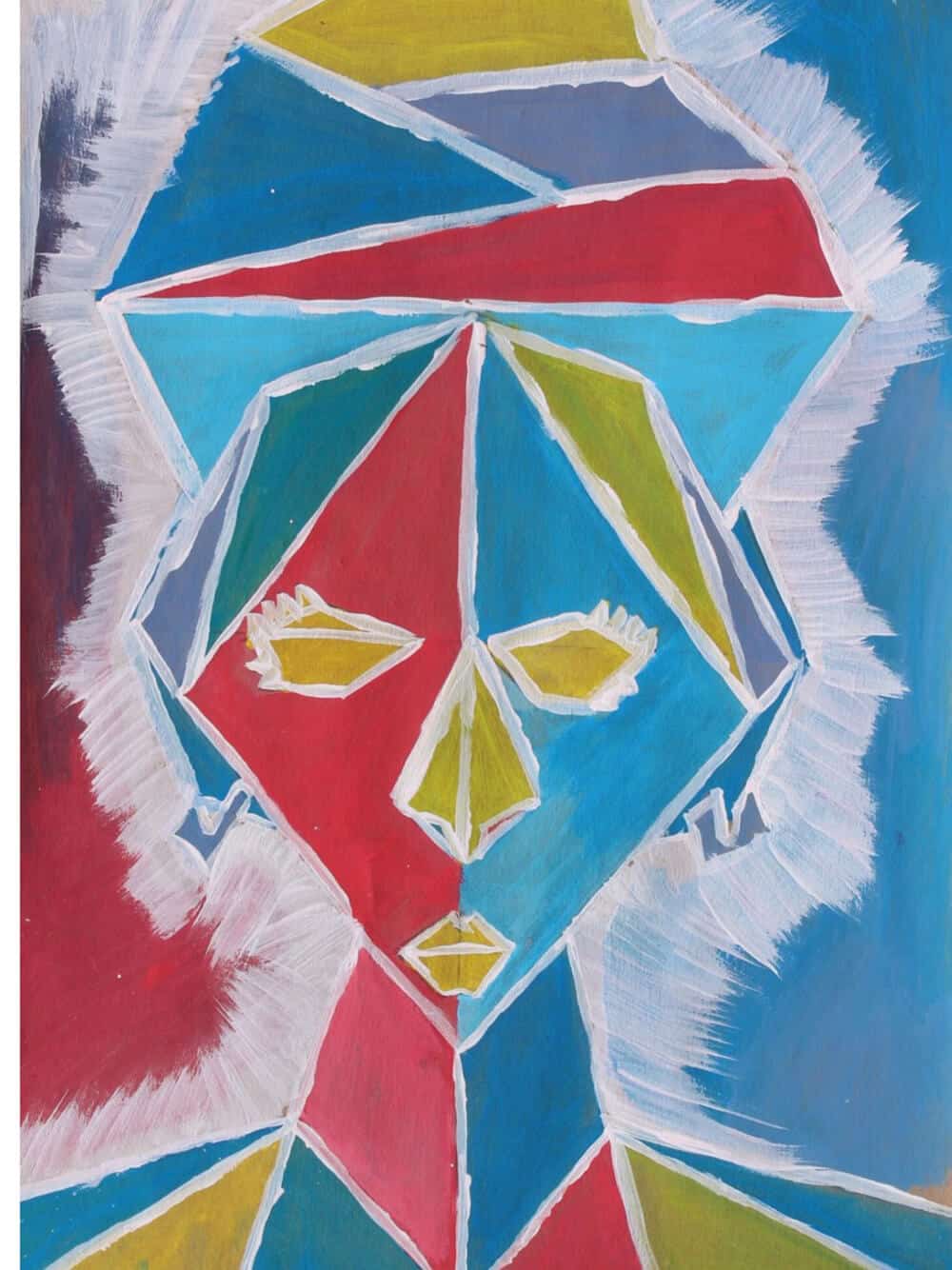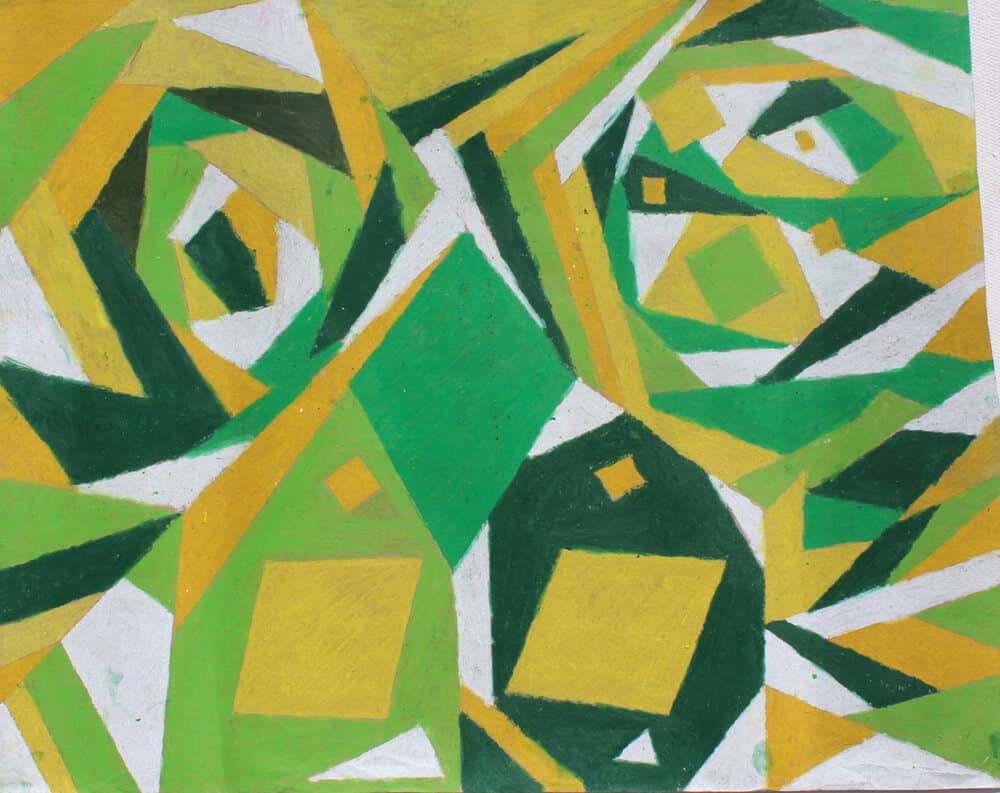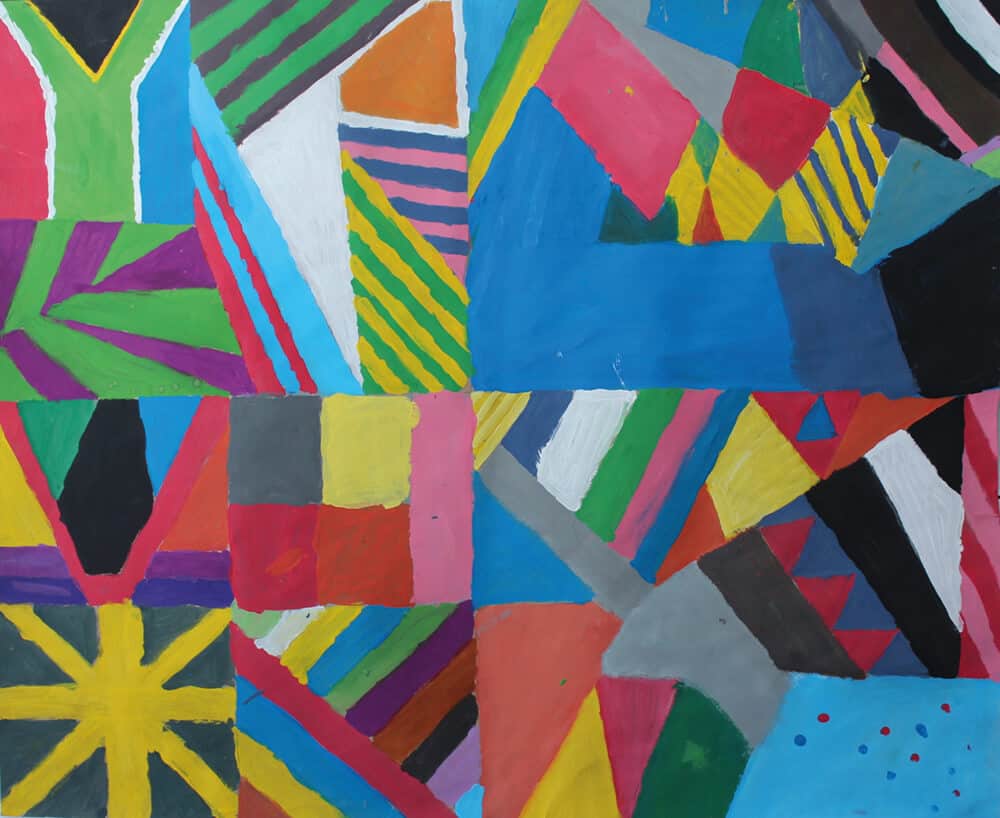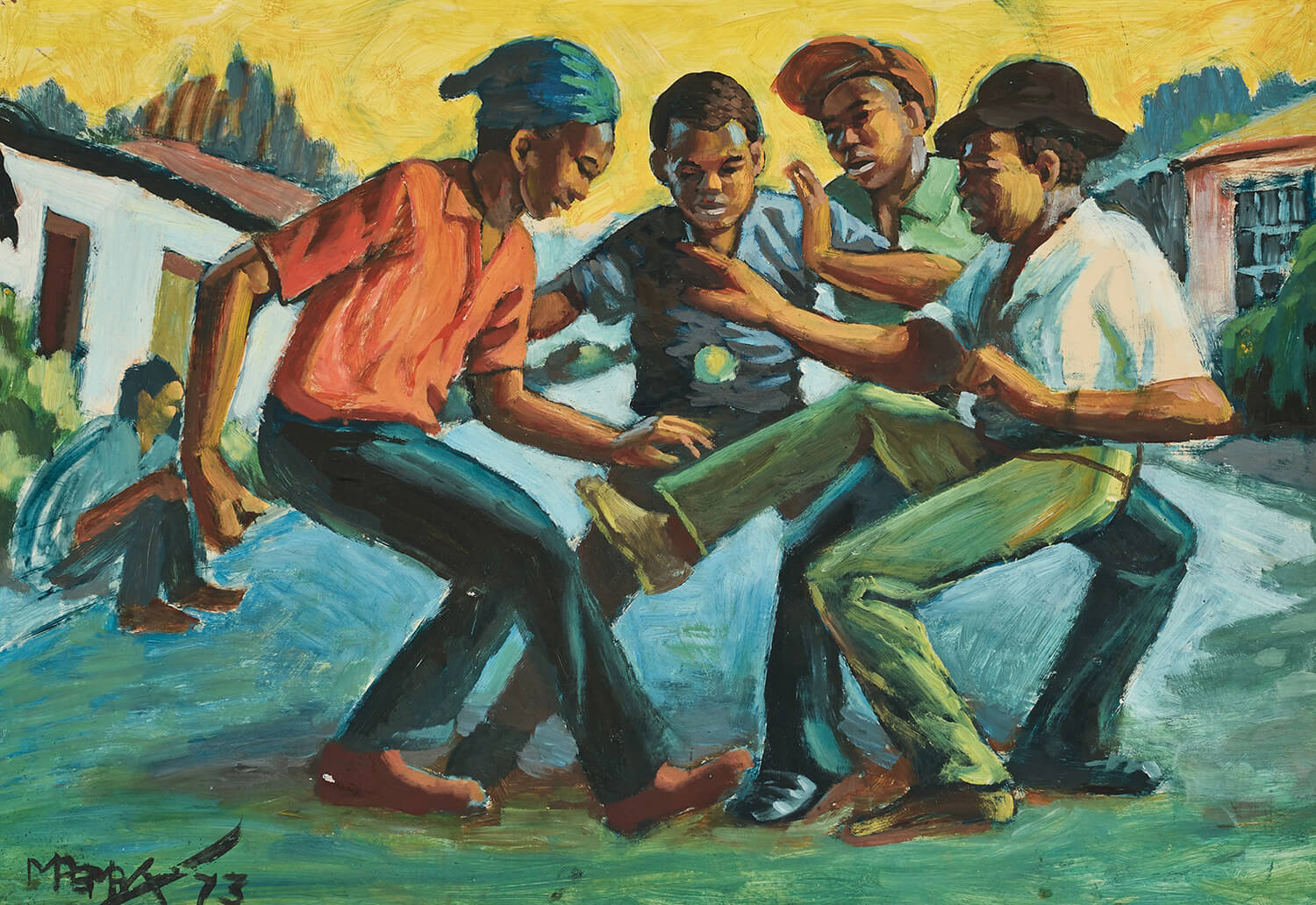Andrea Kerzner founder and CEO of Lalela
Lalela is an organisation that provides educational arts for at-risk youth to spark creative thinking and awaken the entrepreneurial spirit – using Art as a catalyst to empower at-risk youth living in South Africa, Zimbabwe, and Northern Uganda. Andrea Kerzner stands as the CEO and founder of this organisation.
COLLECTOR.: Why the importance of art to unlock the creative entrepreneurial spirit in the youth?
Andrea Kerzner: Very important, when children are living in poverty and/ or conflict, they seldom have somebody in their lives to encourage creativity, and as one knows, the arts are the first subjects to be removed from school curricula due to a lack of resources. Without creativity it is difficult to develop imagination. Through our innovative arts curriculum we ignite imagination and teach children how to map and manifest their dreams and goals, launching the possibility for a different future for themselves and their communities.
 Artwork by Anthony. All artworks inspired by Odili Donald Odita & made by the children that form part of the Lalela Project curriculum. Courtesy of the Lalela Project.
Artwork by Anthony. All artworks inspired by Odili Donald Odita & made by the children that form part of the Lalela Project curriculum. Courtesy of the Lalela Project.
The communities we work in have high dropout rates — for instance out of every 100 kids who begin school in South Africa, 50 of them make it to grade 12, and 12 of them go on to tertiary education. 65% of 18-24 year olds in those townships are unemployed. They need the imagination and confidence to believe that there is a better life and they can get there. Arts education has been shown to develop confidence, increase academic performance, grit, and critical problem solving. Our starting point was that art is such a great psychosocial tool — it gives children a voice, and if a child wants to tell a story they will do it through art, they will sing it, draw it or rap it to you. So that’s our first point of entry.
Our role in arts education is to help blaze the trail in whole brain thinking with a proven path to innovation and new job creation.
Why the choice of artists like Odili Donald Odita and Robin Rhode as inspiration? And how has their work influenced these children?
Well last year we had a lot of international 20th century artists featured in our curriculum and our students made it known to us that they wanted to study living African artists. When our learners see people from their own country and continent becoming famous, it inspires them. Especially those two artists — Odili as a black artist who has made it big in America and Robin as a coloured artist who is famous globally. These kids can relate to the artists personally and they can see art and this life as a possibility.
 Collaborative artwork made by Tershia, Eve, Aimee, Tahra. All artworks inspired by Odili Donald Odita & made by the children that form part of the Lalela Project curriculum. Courtesy of the Lalela Project.
Collaborative artwork made by Tershia, Eve, Aimee, Tahra. All artworks inspired by Odili Donald Odita & made by the children that form part of the Lalela Project curriculum. Courtesy of the Lalela Project.
For Robin Rhode Our grade one and two students worked with Robin Rhode at the Stevenson Gallery a few years ago. We created a Robin Rhode-inspired curriculum for our older learners. They would draw something on the wall and then photograph themselves with it. This curriculum was hugely popular and was one we chose to repeat again.
Regarding Odita, we chose to use him as inspiration for a curriculum on abstract art designed around shapes, patterns, and colors. Odita uses abstract patterns to address the human condition. We thought this would be an interesting dialogue for our students.
Could you please tell us about a success story of one of Lalela’s past pupils?
 Collaborative artwork made by Rowan, Ryan, Awuza, Junita. All artworks inspired by Odili Donald Odita & made by the children that form part of the Lalela Project curriculum. Courtesy of the Lalela Project.
Collaborative artwork made by Rowan, Ryan, Awuza, Junita. All artworks inspired by Odili Donald Odita & made by the children that form part of the Lalela Project curriculum. Courtesy of the Lalela Project.
One of them is Siyolisi Bani. He came from a single parent family, lived in a shack in Masiphumelele and he got into gambling debt and joined gangs – but he said he had always wanted to do art. So when we opened up the program, he joined us. 18 months later Siyolisi finished high school, and spent a year with us as an intern developing his art portfolio — went on to study graphic design at CPUT (Cape Peninsula University of Technology) in Cape Town. While he was at CPUT, to make money, he would work for us part-time. He made it known that Lalela changed his life and he started teaching for us in the community of Masiphumelele. He also went on to manage the program there. When he saw his art up in our first exhibition at the Lalela Gallery in the One&Only Cape Town, he knew from that moment that anything was possible.
Lalela features artworks undertaken done by groups of Lalela students inspired by Odili Odita at the Investec Cape Town Art Fair 2018. The works on display shed light on how the students are making use of art in their daily lives, and how they’re putting their creativity into practice — better understanding differences through working in diverse groups.
For more information on the Lalela Project: https://www.lalela.org/



